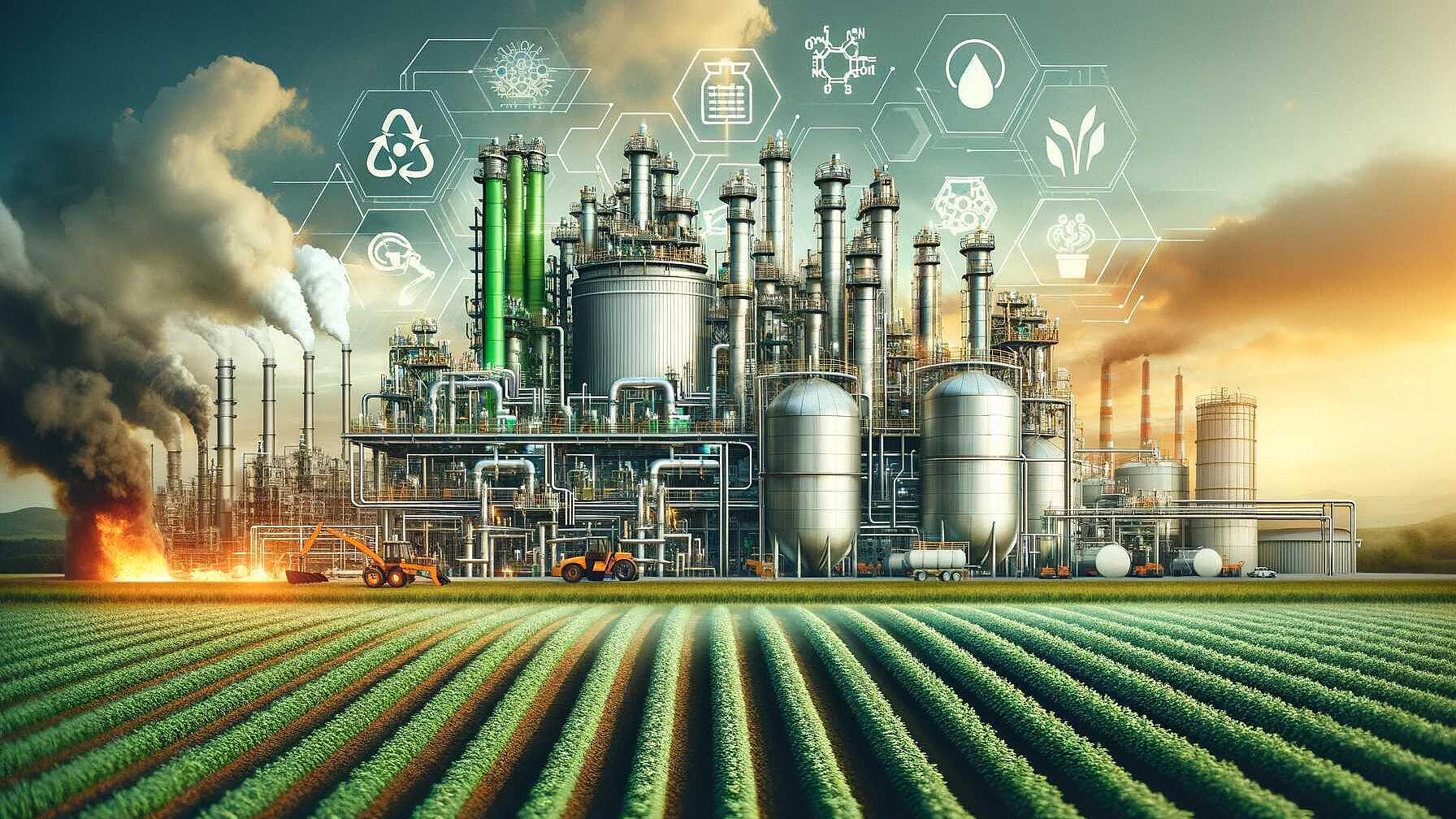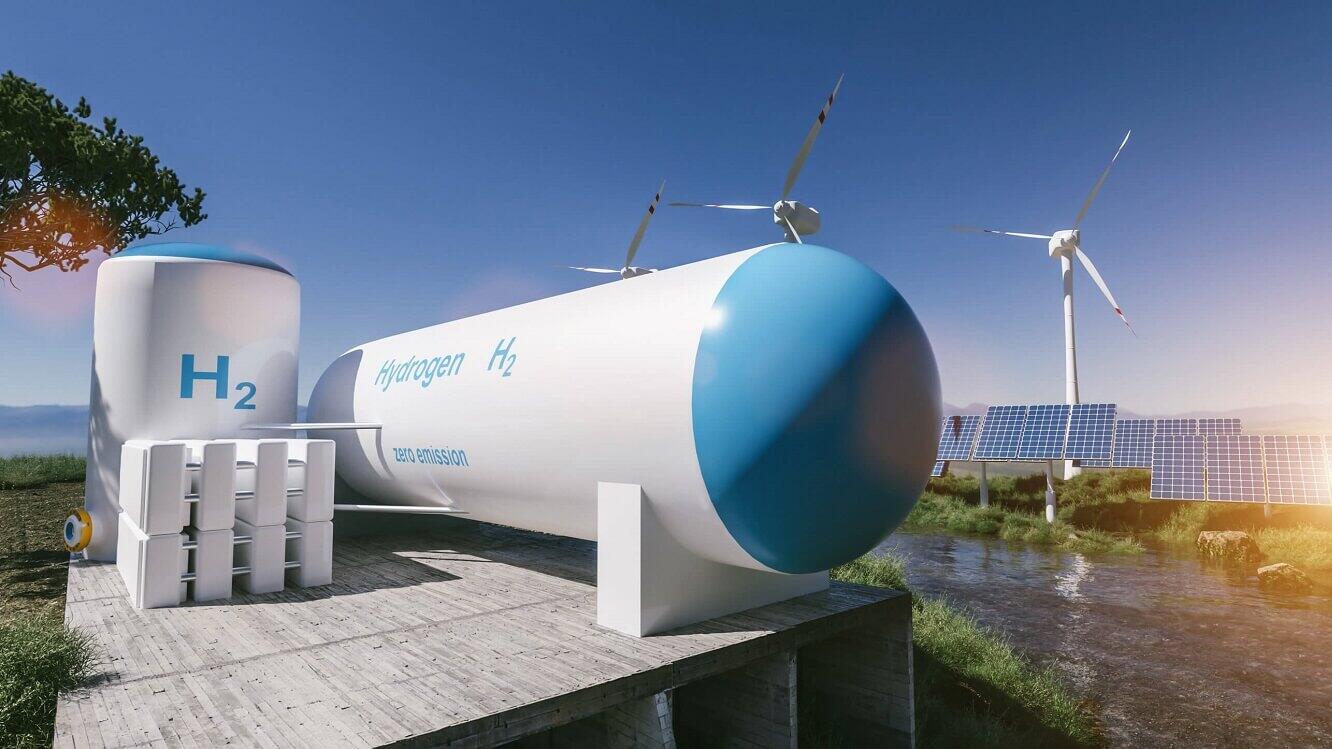 Energy Efficiency
Energy EfficiencyRevolutionizing Ammonia: The Quest for Sustainability and Efficiency in Fertilizer Production
Summary
The Haber-Bosch process, crucial for global food production, is undergoing critical examination due to its substantial carbon emissions and reliance on fossil fuels. Innovations for green ammonia production entail the replacement of fossil-based hydrogen with climate-neutral sources and incorporating renewable energy. Laura Torrente Murciano emphasizes the need for a complete system overhaul, including more efficient electric compressors.
Researchers are investigating flexible reactors that operate in harmony with the variable nature of renewable energy supplies. New techniques promise operational flexibility and suit decentralized energy systems, potentially leading to smaller, more adaptable ammonia plants.
Studies of nitrogenase enzymes, which convert nitrogen to ammonia naturally, are being conducted by experts like Douglas MacFarlane and Serena DeBeer to replicate their efficiency artificially. This biological approach could provide more sustainable ammonia synthesis methods.
Electrocatalysis, highlighted by Ifan Stephens, is another approach being explored for green ammonia synthesis. Despite current inefficiencies and contamination challenges, advancements are being made, suggesting a future for localized ammonia production. MacFarlane's company, Jupiter Ionics, aims to enable on-site fertilizer production.
Overall, the transition towards sustainable ammonia production requires reengineering current processes, leveraging renewables, and mimicking natural systems, with the potential to significantly reduce the environmental footprint of fertilizer production and innovate agricultural practices.
Open full article
Revolutionizing Ammonia: The Quest for Sustainability and Efficiency in Fertilizer Production
Unveiling the Haber-Bosch Legacy
The Haber-Bosch process, a century-old invention pivotal for global food production, is now a subject of scrutiny. Producing over 180 million tonnes of ammonia annually, this process has been essential for the world's population growth. However, the energy-intensive nature of this method, relying heavily on fossil fuels and resulting in significant carbon emissions, has necessitated an urgent call for innovation.
The Drive for Green Ammonia
The transformation towards green ammonia production is complex, involving a shift from fossil-based hydrogen to climate-neutral sources and integrating renewable electricity in place of natural gas. This shift is not merely a tweak but a complete overhaul of the existing systems, as Laura Torrente Murciano from the University of Cambridge points out. The challenge extends beyond the production process to rethinking the entire operational cycle, including the use of electric compressors for efficiency.
Rethinking Ammonia Production: Flexibility and Innovation
The next big leap in ammonia production lies in the development of flexible reactors that can adapt to the fluctuating availability of renewable energy. Researchers are exploring innovative methods, such as a system where ammonia is separated by absorption, functioning under much lower pressures and in a single container. This approach promises greater flexibility and aligns with the trend towards decentralized energy promotion, suggesting that future ammonia plants may be smaller and more adaptable.
Emulating Nature: Learning from Nitrogenases
The quest for an alternative to the Haber-Bosch process also looks towards nature for inspiration. Nitrogenases, enzymes that naturally convert nitrogen to bioavailable ammonia, are a focus of study. Researchers like Douglas MacFarlane and Serena DeBeer are delving into these enzymes' activities, seeking to understand and replicate their efficiency in artificial settings. This biological mimicry opens up new pathways for ammonia synthesis, potentially leading to more sustainable and environmentally friendly methods.
Electrocatalysis: The Frontier of Ammonia Synthesis
Electrocatalysis emerges as a promising approach in the realm of green ammonia production. Despite the challenges of low efficiency and the difficulty in differentiating between ammonia produced by the catalyst and that from environmental impurities, researchers like Ifan Stephens from Imperial College London have made strides in developing effective methods. The key to success lies in controlling the reaction environment, such as using lithium-mediated systems that prevent the formation of hydrogen. The advancements in this field point towards the possibility of localized, small-scale ammonia production, a vision shared by MacFarlane with his venture, Jupiter Ionics, aiming to make on-site fertilizer production a reality.
In conclusion, the journey towards sustainable ammonia production is multifaceted, involving a blend of reengineering existing processes, harnessing renewable energy, and drawing inspiration from nature. This transformation has the potential not only to reduce the environmental impact of fertilizer production but also to revolutionize the way we think about and produce one of the fundamental building blocks of modern agriculture.
Source (DE): www.spektrum.de/news/ammoniak-produktion-ersatz-fuer-den-haber-bosch-prozess/2198508



